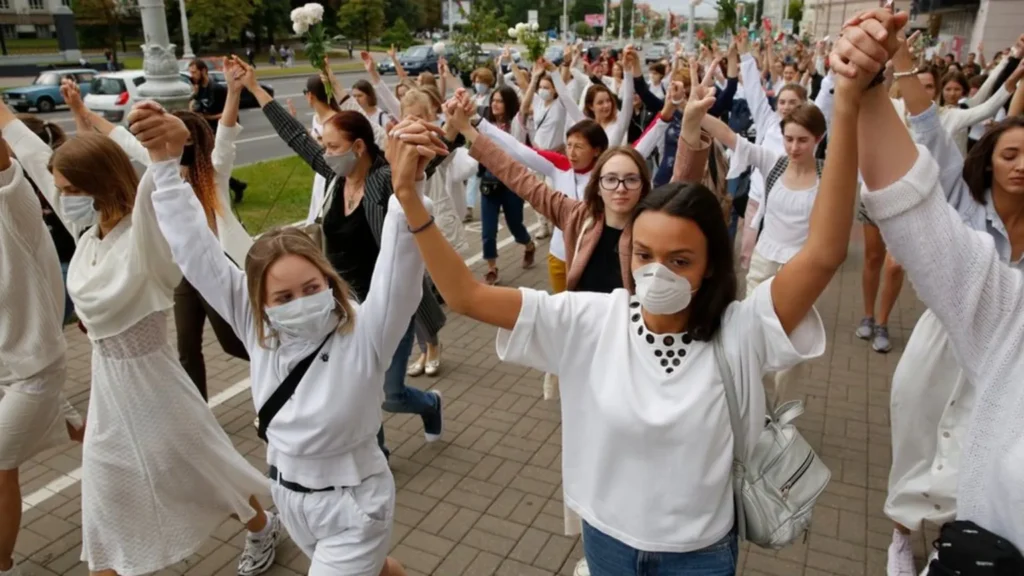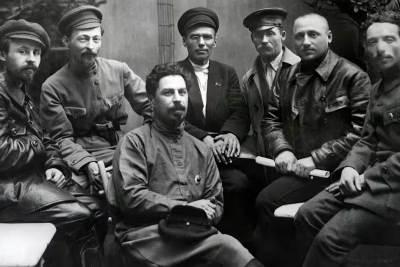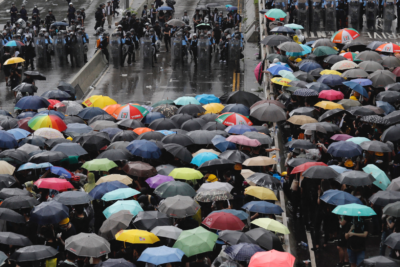
Women in Belarus 2025: Strength, Resistance and Hope

- Historical Context: The Roots of Female Activism in Belarus
- Women Leading the Call for Change
- Gender-Specific Repression: A Weapon of the State
- Everyday Acts of Defiance
- Women in Exile: Fighting from Afar
- Solidarity Networks Inside Belarus
- The Role of Art and Culture
- Young Women and the Future of the Movement
- Global Recognition and Challenges Ahead
- Conclusion: Hope Against the Odds
In 2025, women in Belarus remain at the very core of the country’s ongoing struggle for democracy and human rights. Their resistance is not new—Belarusian women have a long history of political involvement, from the anti-Soviet underground movements to the protests following the controversial 2020 presidential elections. What sets this generation apart is the visibility and scale of their involvement.
They are journalists who risk imprisonment to tell the truth, mothers who defend their children’s rights, artists who use creativity as protest, and political leaders shaping the international conversation. Whether inside the country or in exile, they embody the belief that freedom is worth every sacrifice.
Historical Context: The Roots of Female Activism in Belarus
Belarusian women’s role in activism has deep roots. During World War II, women served as partisan fighters against Nazi occupation, often taking on leadership positions. In the late 1980s and 1990s, women participated in the national independence movement and later in campaigns against authoritarian consolidation under Alyaksandr Lukashenka.
This historical precedent has shaped today’s generation, giving them both symbolic and practical inspiration. The parallels between past resistance movements and the current fight for democracy are impossible to ignore—especially as repression intensifies.
Women Leading the Call for Change
The 2020 protests marked a turning point. Sviatlana Tsikhanouskaya, Maria Kalesnikava, and Veronika Tsepkalo—three women without political backgrounds—emerged as the main challengers to the regime. Their leadership demonstrated that moral authority, empathy, and community connection could inspire millions to take to the streets.
In 2025, Tsikhanouskaya continues her work from exile, addressing global institutions and advocating for targeted sanctions. Kalesnikava remains imprisoned, a symbol of unbroken spirit. Meanwhile, countless other women—lawyers, teachers, nurses, and shop owners—have stepped into local leadership roles, organising underground activities and mutual aid efforts.
Gender-Specific Repression: A Weapon of the State
Authoritarian regimes often use gender as a tool of control, and Belarus is no exception. Female activists are subjected to:
- Sexist insults and public shaming on state-controlled media.
- Threats of losing parental rights to intimidate mothers.
- Gendered violence during detentions, including humiliation and invasive searches.
- Dismissals from workplaces to cut off financial stability.
These tactics aim to exploit societal expectations that women should avoid risk. Instead, many Belarusian women see this as further motivation to resist, knowing that silence only enables oppression.
Everyday Acts of Defiance
With large-scale protests now nearly impossible due to mass arrests, women have adapted their strategies. Resistance takes subtle yet impactful forms:
- Wearing discreet white-red-white symbols on clothing or accessories.
- Using encrypted apps to share banned news.
- Baking bread or crafting handmade goods to raise funds for political prisoners’ families.
- Preserving cultural identity through traditional embroidery, storytelling, and music in the Belarusian language.
These acts carry personal risk, but they sustain morale and signal that the movement has not been extinguished.
Women in Exile: Fighting from Afar
Since 2020, tens of thousands of Belarusian women have fled to countries like Lithuania, Poland, and Germany. Far from silencing them, exile has amplified their voices. Many have founded NGOs, media platforms, and cultural initiatives that:
- Document human rights violations.
- Lobby for international sanctions.
- Provide humanitarian aid to dissidents still inside Belarus.
For example, the Belarus Women’s Foundation runs mentorship programmes for young activists, ensuring that leadership skills and political knowledge are passed to the next generation.
Solidarity Networks Inside Belarus
Even under constant surveillance, informal networks—often led by women—coordinate crucial support. They:
- Collect donations to pay legal fees.
- Maintain secret shelters for activists evading arrest.
- Offer counselling to survivors of political violence.
Such networks operate quietly, often through encrypted communication, and rely on deep trust. They are the invisible backbone of the resistance.
The Role of Art and Culture
Belarusian women are also leading a cultural resistance. Musicians write songs coded with political meaning, artists paint murals in hidden locations, and poets share verses anonymously online. Graffiti, embroidery, and even culinary traditions are used to reinforce national identity and defy the state’s propaganda narrative.
Cultural resistance matters because it preserves the soul of the movement—it reminds people that the fight is about more than politics; it’s about who Belarusians are as a people.
Young Women and the Future of the Movement
A growing number of young women in their 20s are joining the movement, bringing digital skills and global awareness. They connect with peers worldwide, study abroad to gain education, and return with strategies for civic engagement. Their activism is often intersectional, combining the fight for democracy with environmental causes, LGBTQ+ rights, and gender equality.
This generational shift ensures the movement’s sustainability, as older activists mentor the younger ones, passing on experience and resilience.
Global Recognition and Challenges Ahead
Internationally, Belarusian women have been celebrated with awards like the Sakharov Prize for Freedom of Thought, but recognition alone is not enough. The challenges ahead remain immense:
- Continuous repression makes activism dangerous.
- Fatigue in the international community risks diminishing support.
- Economic hardship forces some women to prioritise survival over activism.
Yet, despite these obstacles, the resilience of Belarusian women continues to inspire global solidarity.
Conclusion: Hope Against the Odds
In 2025, the women of Belarus stand as a testament to the power of determination in the face of systemic oppression. Their fight is about reclaiming not only political freedom but also cultural pride and personal dignity.
Whether organising in secret at home, speaking before the European Parliament, or crafting protest art in exile, Belarusian women are shaping the country’s future. And when the day comes that Belarus is free, history will remember that women carried the torch through the darkest times.
FAQs About Women in Belarus 2025
1. Why are women so prominent in Belarus’s resistance movement?
They stepped into leadership roles during the 2020 protests, inspiring a movement with empathy and determination.
2. What specific risks do female activists face?
Arrest, workplace dismissal, threats to family, harassment, and gender-based violence.
3. How do Belarusian women in exile contribute?
They organise protests abroad, lobby foreign governments, run humanitarian aid projects, and keep global attention on Belarus.
4. Are international groups supporting them?
Yes—organisations like Amnesty International, Human Rights Watch, and the Belarus Women’s Foundation provide legal aid, funding, and advocacy.
5. How does culture play a role in resistance?
It preserves identity and morale through music, art, literature, and traditions that counter state propaganda.





